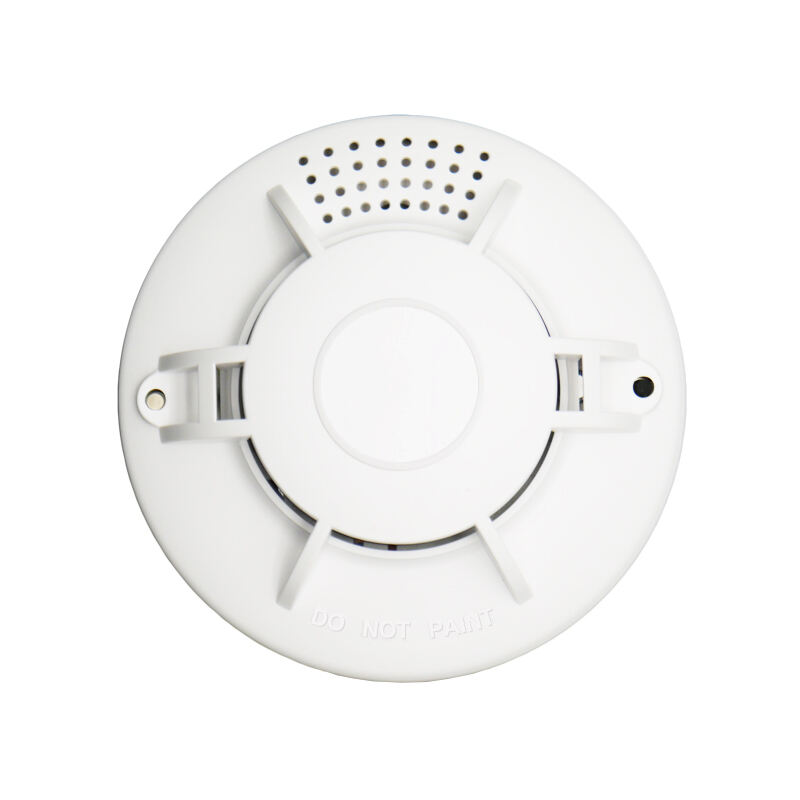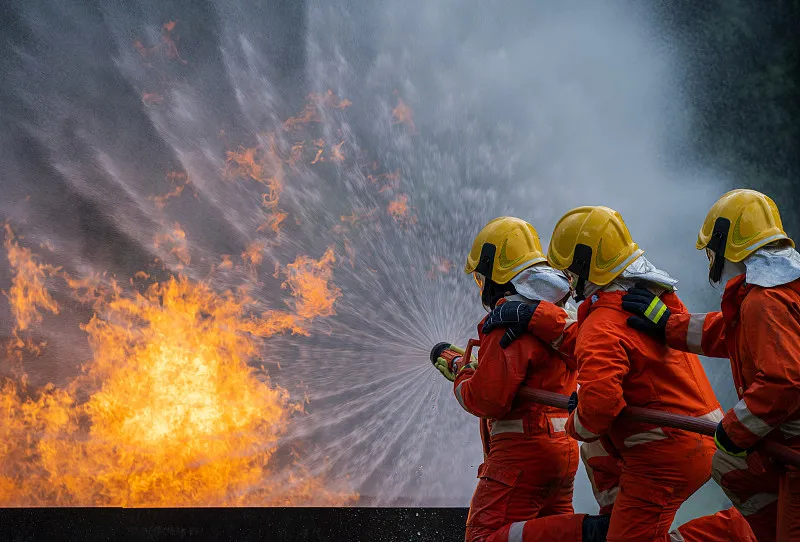smoke vs heat detector
When it comes to fire detection systems, understanding the distinction between smoke and heat detectors is crucial for ensuring optimal safety. Smoke detectors are designed to identify the presence of smoke particles in the air, typically operating through either photoelectric or ionization technology. Photoelectric detectors use a light beam to detect smoke particles, while ionization detectors respond to invisible particles produced by combustion. In contrast, heat detectors are engineered to respond to specific temperature thresholds or rapid temperature increases. They employ either fixed-temperature or rate-of-rise detection methods. Fixed-temperature detectors activate when the ambient temperature reaches a predetermined level, typically around 135-165°F, while rate-of-rise detectors trigger when they sense a rapid temperature increase, usually 12-15°F per minute. Both types of detectors serve distinct purposes and are often used in complementary roles within comprehensive fire detection systems. Smoke detectors excel in early warning detection, particularly in residential and office environments, while heat detectors are more suitable for areas where smoke detectors might generate false alarms, such as kitchens, garages, or dusty industrial spaces.











